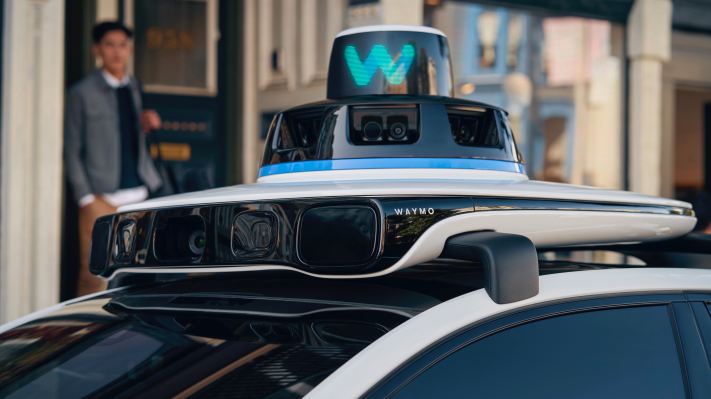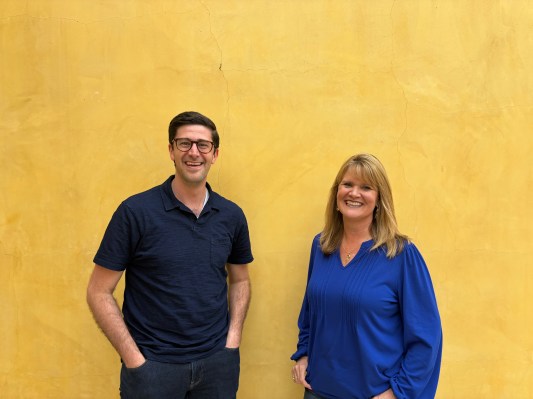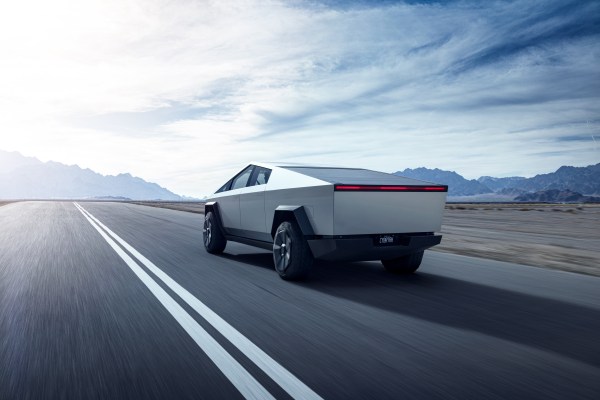Stockholm has become the first city in the world to launch a self-driving, fully-electric commercial passenger ferry. The ferry, an electric catamaran with a capacity of 25 people, will operate between Kungsholmen and Søder Mellarstrand in Stockholm with 15 hours of continuous electric operation every day.
The vessel is part of a project aimed at creating more sustainable urban mobility and attracting international interest due to its green profile.
The project started at the Norwegian University of Science and Technology (NTNU) in Trondheim, which led to the founding of Zeabuz, a Norwegian technology company. Zeabuz provided the autonomous system for the passenger ferry, according to the statement.
“Many large cities around the world have problems with congestion, lack of capacity and environmental and air pollution. Self-driving technology will be part of the solution and will be good for both the climate and people,” said Reidun Svarva, Chief Business Development Officer at Torghatten. “Instead of being barriers, the water surfaces will sew the city together and become a shortcut for all Stockholmers, he continued.
“With autonomy, we can get operating costs low enough to make the ferry commercially profitable, and we can offer a departure frequency that is adapted to market needs. It means a green transport revolution at sea, and Stockholm is the first place in the world where this is now being tested,” added Svarva.
The boat will be guided by a crew consisting of a captain, while the trip will be monitored from a control room. The aim is to control everything from the control room in the long term. The ferry has an open, covered passenger deck with boarding and disembarking at both ends and is 12 meters long. The boat has a crew of one person in addition to a control room on land.
The vessel was built by the Brødrene Aa Shipyard, which has a history dating back to 1947. The shipyard has created novel building methods and constructed energy-efficient carbon fiber vessels.
“This is a very exciting project for us where we combine the technological expertise and experience we have with building energy-efficient speedboats, and get to combine it with the autonomous technical solutions of the future,” said Tor Øyvin Aa, general manager of Brødrene Aa, and continued, “We see great future possibilities for this type of vessel, at a time when more and more cities are looking at better utilization of the waterways as a means of transport.”
“We have learned a lot from our project in Trondheim, and now we are ready to take the next step in creating the world’s first commercial autonomous city ferry. The technology will largely be the same, but in Stockholm we will seriously test the autonomy system in daily operation with passengers in a way that no one has done before. This will be incredibly exciting,” said CEO of Zeabuz, Erik Dyrkoren.
The boat’s green profile is attracting international interest, as around 90 percent of all urban areas are located by waterways, which are underutilized due to extensive emissions and high operating costs. With autonomy, operating costs can be lowered enough to make the ferry commercially profitable, and a departure frequency that is adapted to market needs can be offered.
The project is seen as a green transport revolution at sea, as self-driving technology can help to solve problems related to congestion, lack of capacity, and environmental pollution. The project is expected to create more sustainable urban mobility and increase the utilization of waterways as a means of transport.






